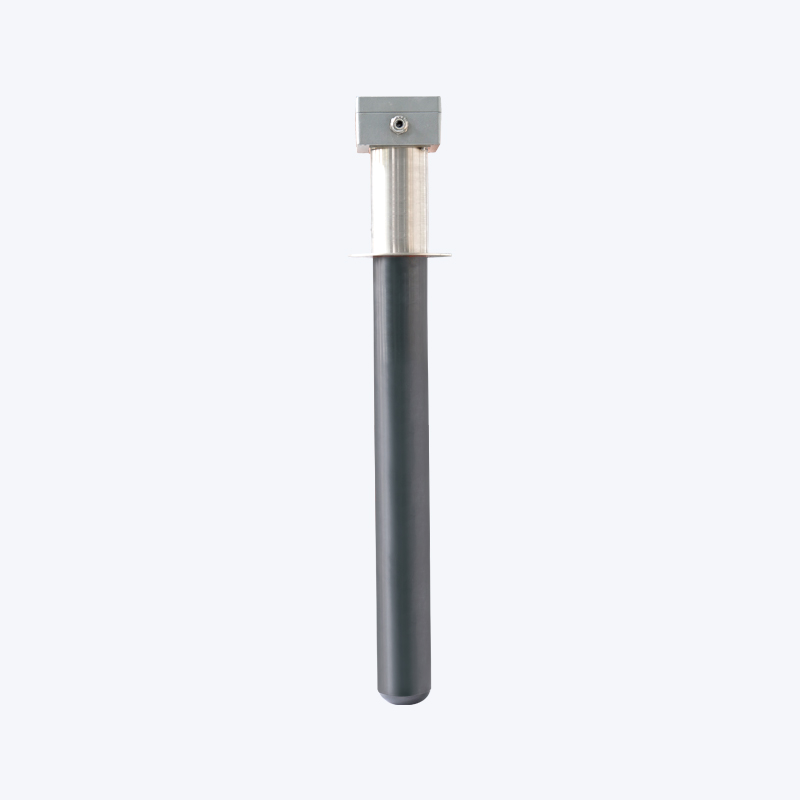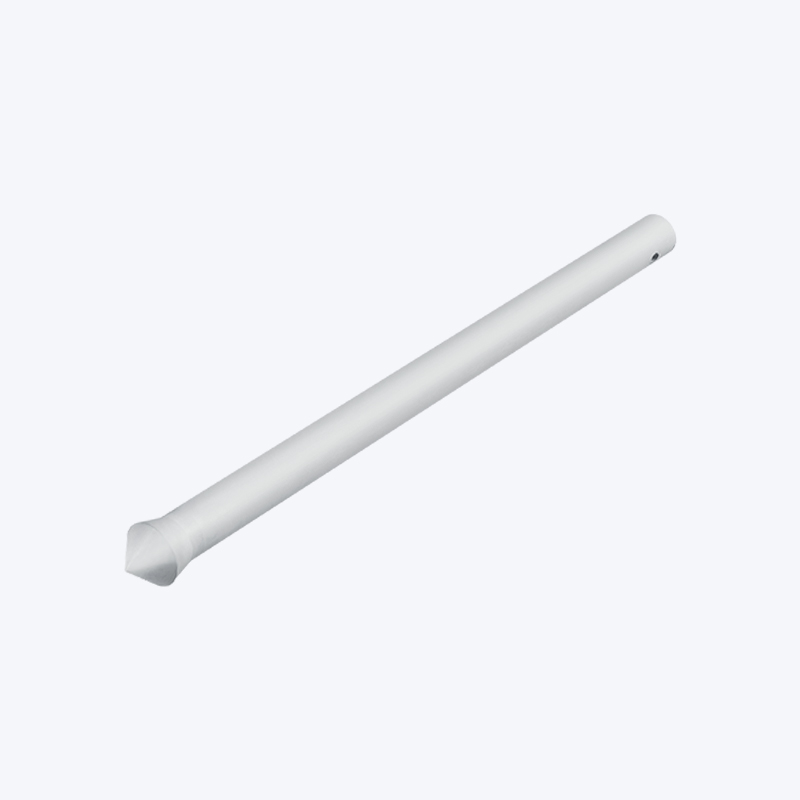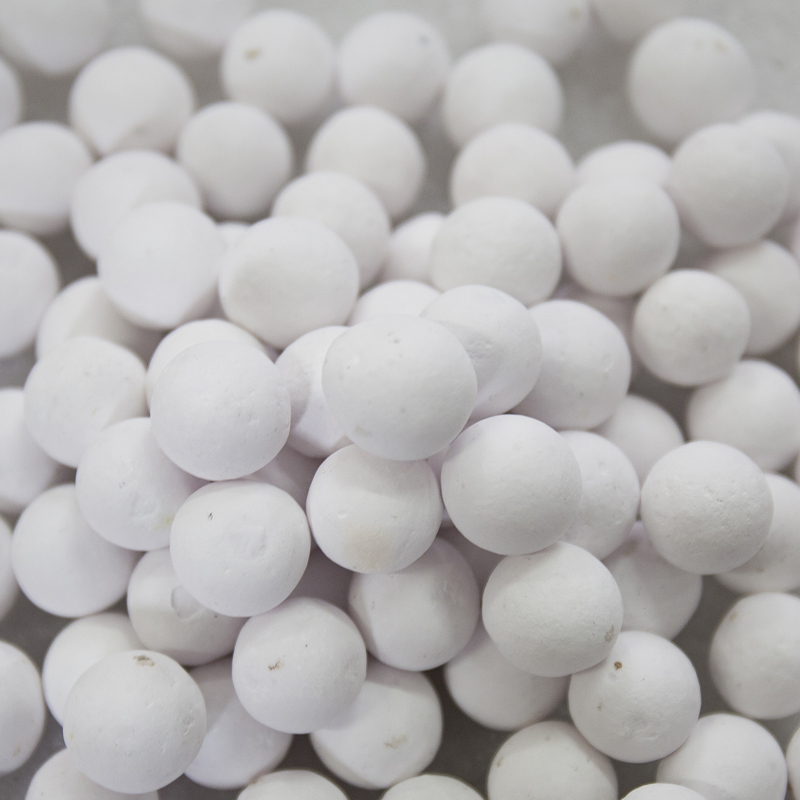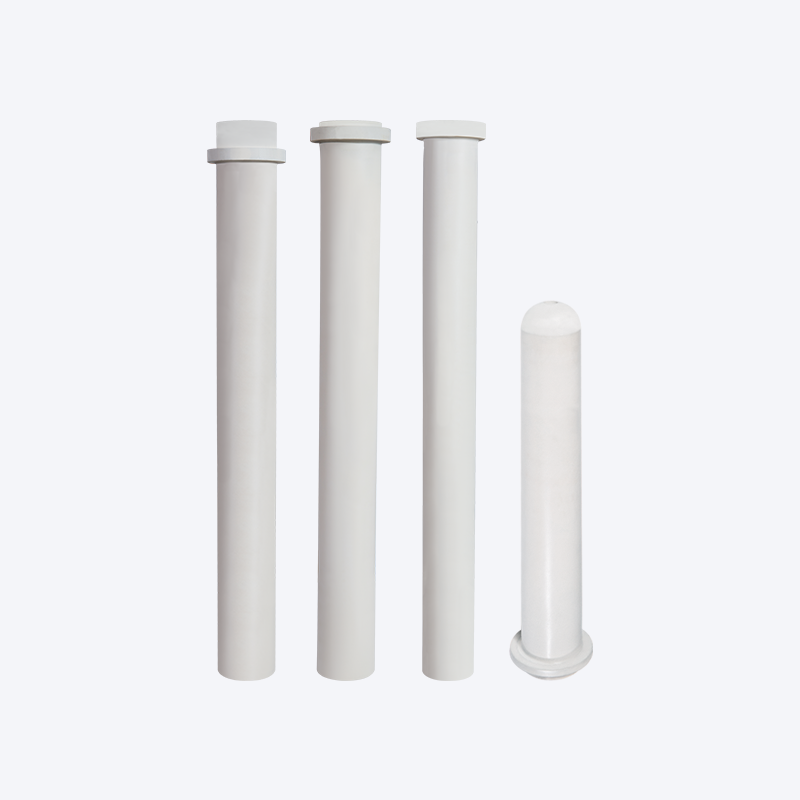What Does an Immersion Heater Do?
An immersion heater is an electrical appliance designed to heat a liquid by being fully submerged in it. It operates on a simple yet highly effective principle: Joule heating, where an electric current passing through a resistive element generates heat. This heat is then directly transferred to the surrounding liquid, making immersion heaters a very efficient method for warming various fluids.
How Immersion Heaters Work
At its core, an immersion heater consists of a resistive heating element, typically made from materials like copper, stainless steel, or Incoloy, which are chosen for their excellent heat conductivity and corrosion resistance. This element is housed within a protective sheath, often tubular in shape.
When the heater is plugged in, an electric current flows through the resistive element. Due to the inherent electrical resistance of the material, electrical energy is converted into thermal energy. This heat radiates outwards from the element directly into the liquid it's immersed in. The efficiency of this direct contact heat transfer is a key advantage of immersion heaters, minimizing heat loss to the surrounding environment compared to indirect heating methods.
Most immersion heaters also incorporate a thermostat to regulate the temperature of the liquid. This safety and control feature prevents overheating and allows users to set a desired temperature. When the liquid reaches the set temperature, the thermostat automatically cuts off the power to the heating element, and it reactivates when the temperature drops below the set point. Many also include a thermal cut-out as a secondary safety measure, which permanently switches off the heater if a dangerously high temperature is reached, protecting against critical failures.
Common Applications of Immersion Heaters
Immersion heaters are incredibly versatile and find applications across a wide spectrum of industries and domestic settings:
-
Domestic Hot Water Systems: This is perhaps their most common application. Immersion heaters are frequently installed in hot water cylinders (boilers) to provide hot water for showers, baths, and general household use. They can serve as the primary heating method, or more commonly, as a backup to central heating systems, particularly during summer months when the main boiler might be off.
-
Industrial Processes: In industrial settings, immersion heaters are used for heating a diverse range of liquids, including:
-
Water: For cleaning, sterilization, and various chemical processes.
-
Oils and Lubricants: To reduce viscosity for easier pumping or for specific industrial applications.
-
Chemical Solutions: For reactions, plating baths, and temperature maintenance in chemical processing.
-
Food and Beverage Production: For maintaining temperatures of ingredients or products.
-
-
Commercial Kitchens: They are found in deep fryers, Bain-Maries, and other commercial cooking equipment to maintain precise temperatures for food preparation.
-
Laboratories: For heating beakers, flasks, and maintaining specific temperatures for experiments and analytical processes.
-
Aquariums and Ponds: Specialized immersion heaters are used to maintain stable water temperatures for aquatic life, which is crucial for their health and survival.
-
Anti-condensation and Frost Protection: Smaller immersion heaters can be used in electrical enclosures or outdoor equipment to prevent condensation build-up or to protect against freezing temperatures.
Advantages and Limitations
Advantages:
-
High Efficiency: Direct contact heating minimizes heat loss, leading to efficient energy transfer.
-
Fast Heating: Due to direct immersion, liquids can be heated relatively quickly.
-
Compact Size: Many immersion heaters are compact and can be easily installed in existing tanks or vessels.
-
Cost-Effective: Often an economical solution for heating liquids, especially for smaller volumes or intermittent use.
-
Precise Temperature Control: Most units come with thermostats, allowing for accurate temperature regulation.
-
Low Maintenance: Generally robust and require minimal maintenance.
Limitations:
-
Corrosion Risk: The heating element is constantly exposed to the liquid, making it susceptible to corrosion, especially with aggressive chemicals. Proper material selection is crucial.
-
Scaling: In hard water areas, mineral deposits (limescale) can build up on the heating element, reducing efficiency over time and potentially leading to premature failure. Regular descaling may be required.
-
Safety Concerns: As electrical appliances submerged in liquid, proper earthing and safety measures are paramount to prevent electric shock. Overheating can also be a risk without adequate controls.
-
Limited Capacity: While effective for many applications, for very large volumes of liquid or extremely high-temperature requirements, other heating methods might be more suitable.
Types of Immersion Heaters
Immersion heaters come in various designs to suit different applications and tank configurations:
-
Screw-Plug Immersion Heaters: These are threaded and screw directly into a matching NPT boss or flange on the tank. They are common for smaller tanks and process heating.
-
Flanged Immersion Heaters: Used for larger tanks and higher power requirements, these heaters are bolted to a matching flange on the tank, providing a robust and secure seal.
-
Over-the-Side Immersion Heaters: Designed for open tanks or containers where a heating element needs to be easily inserted and removed. The heating element hangs over the side of the tank, with the terminal housing remaining outside.
-
Circulation Heaters (In-Line Heaters): While not strictly "immersion" in the sense of being directly in the tank, these heaters function by circulating the fluid through a chamber containing heating elements. The fluid is pumped into the heater, heated, and then returned to the tank or process, offering very precise and efficient heating for flow-through applications.
In conclusion, immersion heaters are a fundamental component in countless heating applications, valued for their efficiency, direct heat transfer, and adaptability. Understanding their working principles, applications, and potential limitations is key to selecting the right type for any given requirement.

Contact Us for Quotes and Prices!
Just let us know what you want, and we will get in touch with you as soon as possible!

 English
English 简体中文
简体中文












